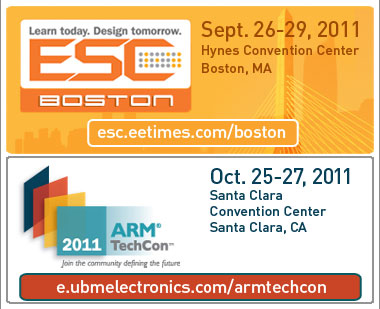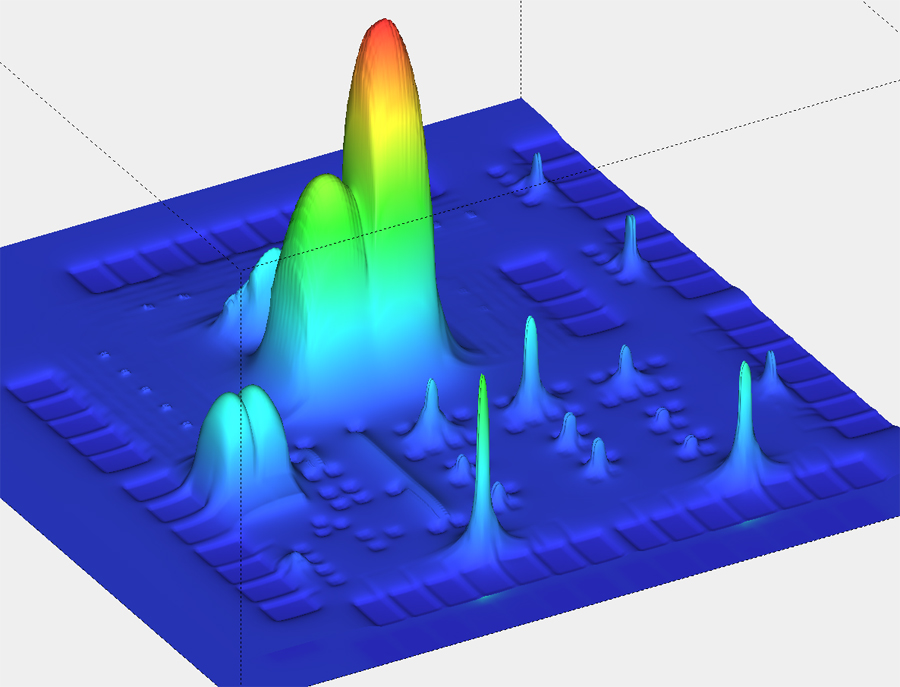Cadence is onto something that could lower the cost of EDA sales. They are using a service from Xuropa that allows you to login and actually use EDA tools interactively without having to install anything on your computer.
I first became aware of this yesterday when I received an email from Cadence about their Verification IP. Being curious I requested access and was approved within an hour or so by Tom Hackett, an administrator of Cadence VIP. Login was straight forward and there was even a tutorial on how to use their lab examples.
In the old days if you were interested in an EDA tool you had to phone or email your EDA account manager (i.e. sales guy), answer some qualifying questions, ask for an evaluation, install the software, learn the tutorials, then start to run your own designs. This could take weeks to months of time and effort.
With Xuropa we now have the ability in EDA to start evaluating tools within an hour or so without installing software and talking to an Account Manager.
Cadence is dabbling with this technology and only has very limited products for you to evaluate in this manner. This could be a really good thing for both the EDA vendor and tool users.



Software-as-a-Service (SaaS) for EDA has the potential to significantly improve the sales channel. The company I represent, PDTi, has a SaaS version of our SpectaReg register map automation tool at http://SpectaReg.com. With this it is very easy to get prospects evaluating the tool. They just signup, we give them a username and password and they’re off to the races. No complex Software Evaluation Agreement to negotiate with the legal departments, no approval required to install tools onsite, no need to travel around the world to support the installation,…
We also offer a production version over the web as a SaaS in addition to an onsite version that can be installed behind the corporate firewall. Whether the customer is interested in onsite or online, the first step in an evaluation is always to try the online version.
Jeremy,
I visited your site to learn more about SpectaReg and how users access it as SaaS. All the best to you in building awareness and adding to your list of clients.
Jeremy,
Is there a significant amount of programming, cost, security, etc., to take an onsite version of the software and make it a SaaS version?
For those interested here is a very low cost approach to make your software available to the clients remotely. No special software or knowledge required. You can do it tomorrow.
Lease a remote dedicated server, or a virtual server. There are plenty of hosting companies offering both Windows and Unix systems of any size. Install your software on the server. Create user accounts with appropriate permissions for the clients. Now your customers with remote desktop (or any thin client software) can access their respective accounts and work with your software almost as if it were a local installation, except they can copy or view only thier own files.
There is of course a problem that many users are unwilling to copy their data to the remote server. And also bandwidth intensive applications are not suitable for remote access. GUI applications can really frustrate users due to their unresponsivness when they run off the server.
The companies that offer remote servers usually also offer the full software suport, upgrades, patches, databases, backup, etc.
Gene,
Thanks for the tip, that virtual server sounds appealing. Are any EDA companies offering this?
I am, perhaps, tainted by my job as an Applications Engineer, but I am skeptical of this approach to evaluating EDA tools.
In my experience there are few cases where a remote eval would give an accurate, or useful view of the tool. Most evals fall into two categories:
1. Trying to fit a well understood tool into an existing environment (ala simulators)
2. Trying to work with a tool that brings something completely new to market (ala Catapult C++ synthesis)
In the first case, you can’t use the web version of the tool to create an environment, and in the second case the tool’s value is too complex to be understood by playing with it on the web.
I suspect this would have been a good approach in the 80’s or early 90’s but I have my doubts in the 21st century.
Ray,
For learning Catapult C, what about an excellent tutorial? Would that work to help me evaluate without factory support?
Daniel,
Thanks for trying out Cadence’s VIP hosted on Xuropa labs. To give you some background, Cadence’s relationship with Xuropa started out as an experiment. We wanted to see if we could engage with customers in a way that gives them more control and that simultaneously enables us to serve more users, but there were also concerns about using this approach.
Well, the user response has been excellent and we are committed to expanding our use of Xuropa. Our theories about why this would work have all proven to be sound:
– Users are attracted by the no hassle, no commitment, 24×7 availability
– Engineers like the freedom of exploring tools on their own
– People want forums to share ideas and learn from each other
Cadence’s Verification IP business is rapidly expanding. We now deliver twice the number of protocols as all the other major commercial suppliers combined. As such, we need ways to multiply our resources to better engage with customers. Xuropa is one of those methods. We look forward to hearing feedback on how to improve and expand the experience.
Tom,
One year from now we should see even more EDA companies adopt this technology to serve their new prospects and installed base for evaulations.
Did Cadence evaluate using their own Virtual Servers instead of Xuropa?
Daniel,
We considered an internal solution, but liked the no-spin-zone atmosphere of a neutral web site. When people read product reviews from their peers on Xuropa, they can trust that the material hasn’t been filtered. All of us take advantage of independent on-line reviews when shopping for consumer items. This just takes the concept to the commercial world.
You can say this is risky, but our Verification IP product line is unique in the market for:
– Breadth of protocols supported
– Depth of features
– Standards-based architecture
We’re confident that the user comments will reflect this.
[…] in a secure way using networking. In September 2008 we learned that Cadence was offering SaaS. In May I wrote about SaaS and using Xuropa to evaluate new EDA […]